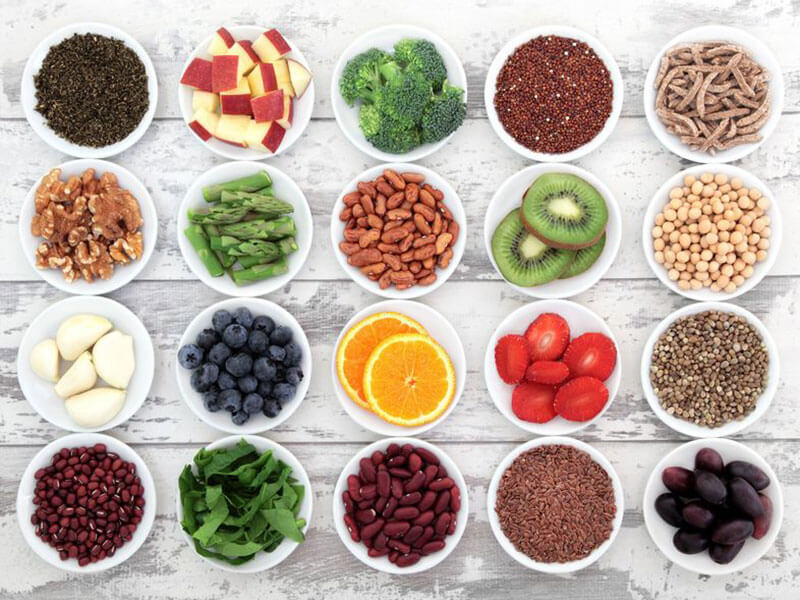Fibre
When we start out changing our diet to a more, healthy diet it’s easy to overlook fibre. Fibre is super important in our diets as it keeps us regular. When it comes to losing weight a sound diet and exercise routine are usually the options offered. Falling into the carbohydrate macro family. Fibre is an essential complex carbohydrate that staves off hunger whilst hitting the body with numerous health benefits.
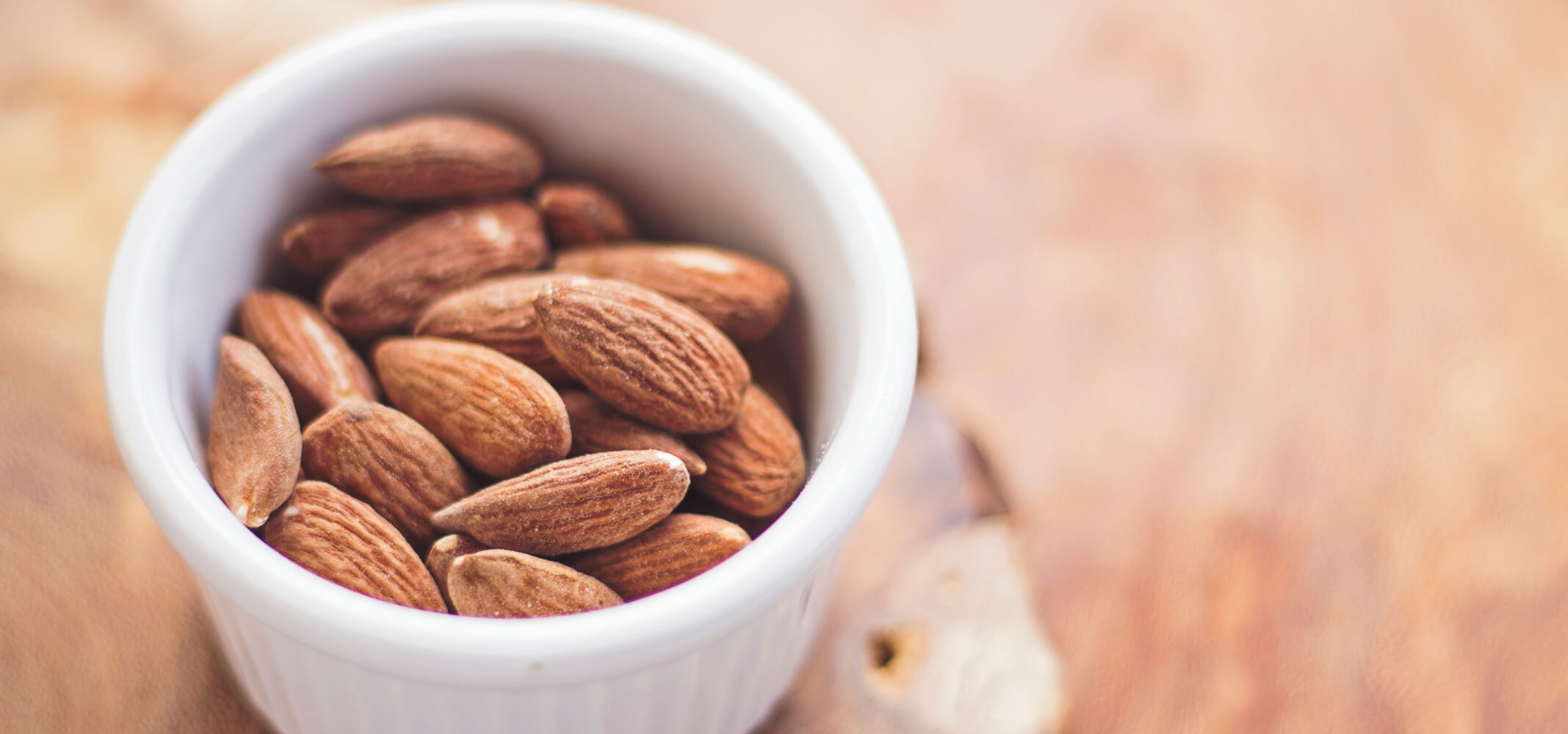
There are 2 forms of fibre - soluble and insoluble.
Soluble fibre
Dissolves in water forming into a gel in the stomach. The gel like substance produced slows down the rate at which food moves from your stomach to the small intestines. Oatmeal, nuts, beans and lentils all contain a healthy amount. Like when you cook oatmeal it becomes gooey that’s the presence of soluble fibre.
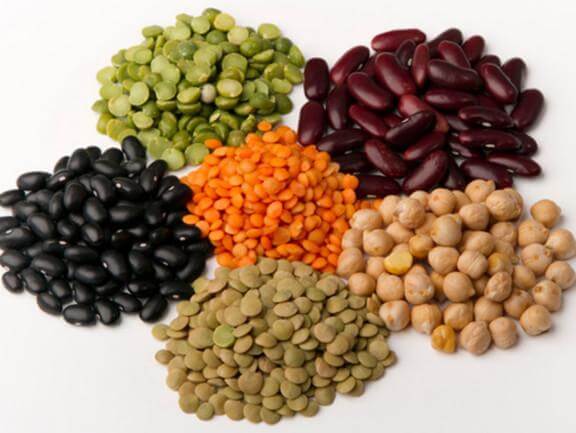
Insoluble fibre
Does the opposite moving straight through the digestive tract, which supports regular bowel, movements. Food items include anything wheat and whole wheat whole grain legumes and vegetables Fibre not only assists in losing weight it can also vent heart disease and lower cholesterol. Fibre influences the rate of fat absorption reducing the amount of fat that is present in the blood. An interesting muscle building component is that fibre lowers blood glucose levels preventing your muscles from feeding off excess sugars
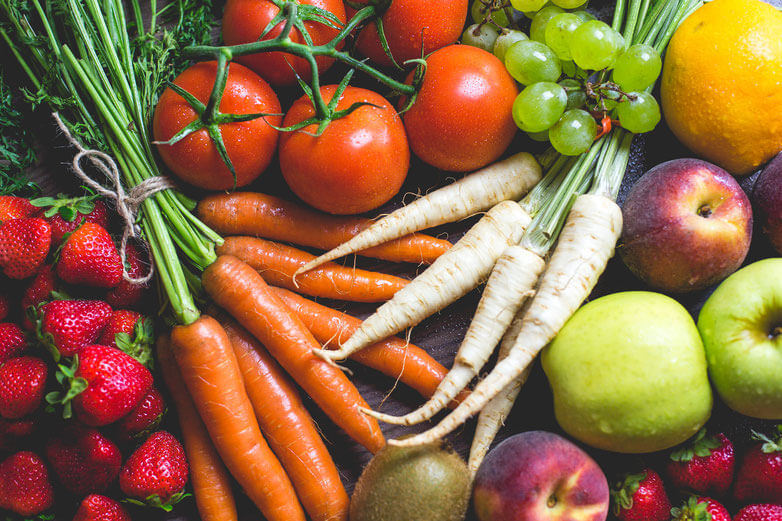
Tips
- Keep high fibre foods away from your post workout meal because it’s the only time during the day that you want your insulin to spike higher. Insulin levels post workout make for greater muscles gain and fat loss.
- Most New Zealander’s don’t eat enough fibre, with most eating less than half.
- Women are recommended to have at least 25 grams a day and Men 30 grams
- When you start adding more fibre to your diet I recommend to add it gradually, to minimise bloating and wind. High fibre diets are not recommended for young children because they, are to filling, preventing young children eating enough to meet their vitamin and mineral needs as well.
- When eating Fruit or vegetables leave the skin on, as it contains more fibre. Fruit and Vegetable juices contain little to no fibre.
- Choose wholegrain varieties of bread, cereal, rice and pasta
- Add seeds and nuts to your breakfast cereals / porridge
- Add chickpeas, kidney beans or lentils to soups, and casseroles
- Fibre absorbs water in the body so it is important to drink more water when eating high fibre food
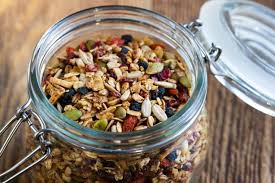
High Fibre Foods
- 1 cup frozen mixed vegetables - 8.6 grams
- ½ cup baked beans 8.2 grams
- ½ cup stewed apricots 7.0 grams
- ½ cup muesli 6.5 grams
- 1 bran muffin 6.0 grams
- 2 Weet-bix 4.8 grams
- 1 cup brown rice 3.7 grams
- 1 slice whole-meal bread 3.2 grams
- 1 kumara 2.8 grams
- Dried apricots (10 halves) 2.7 grams
- 1 slice wholegrain bread 2.6 grams
- 2 slices white high-fibre 2.6 grams
- 1 cup porridge 2.1 grams
- 1 apple or banana 2.0 grams
- 2 slices white bread 1.6 grams

